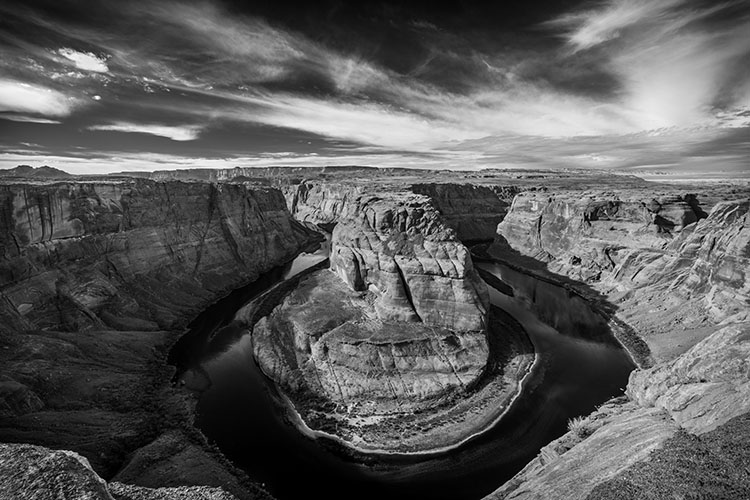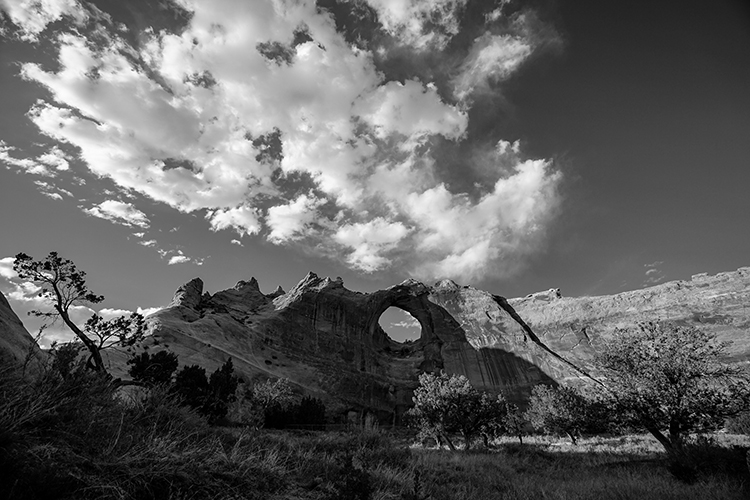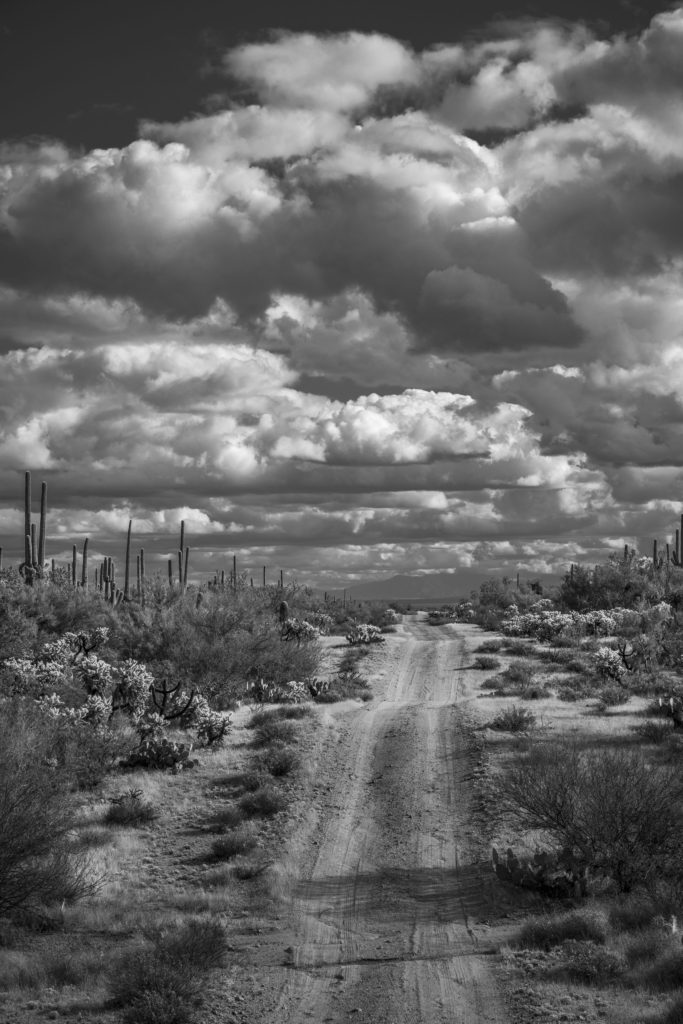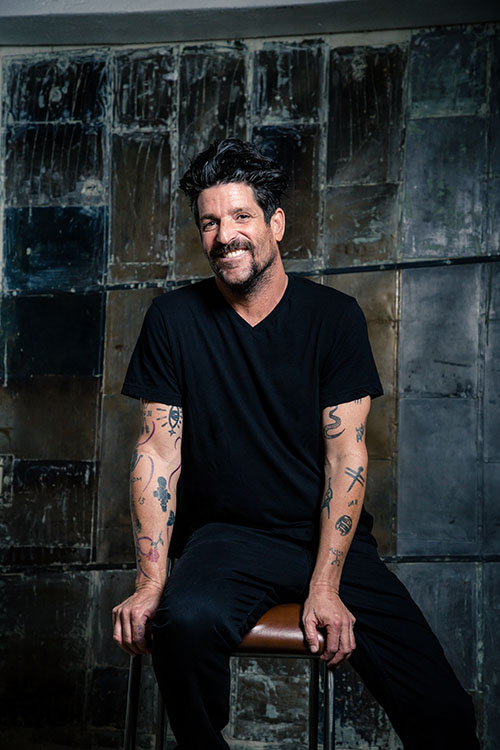Arizona Icons Through a Different Lens

Writer Amanda Christmann
Photographer Jon Linton
[dropcap]I[/dropcap]f ever there was a truly inventive mind, it’s that of Jon Linton. Not only does Linton have the ability to view landscapes through an uncommon perspective, but he is also able to capture the synchronicity between color and emotion through the ironic use of black and white photography.
Linton’s landscape photography is riveting, and it eschews the convention. Most of us think of the spectrum of oranges in Antelope canyon or the contrast of blue sky against the towering monoliths of Monument Valley. He removes what we think we know and replaces it with a perspective no less beautiful, but that alters how we feel.
By stripping away color, it is as if he’s removing pretense, exposing the unflagging permanence of landscapes that have endured long before (and likely long after) the timeline of humanity.
Each month, Images Arizona is proud to feature the work of a talented photographer. A few months ago, we showcased Linton’s work from his “I Have a Name” project documenting and validating the lives of people living on the streets. This month, we are delighted to share a very different side of his work.
Jon Linton’s Landscape Photography
After immersing himself in the troubling underworld of the streets of Phoenix and tirelessly advocating for people facing homelessness, Linton’s soul was weary. He turned to the quiet solitude of nature.
With the weight of nothing but his camera and his own thoughts, he began photographing landscapes. With each click of the shutter, he began to heal from the wounds he’d endured in his fight.
Today, landscape photography has provided Linton with both beauty and a full-time career. He continues to advocate for the nation’s homeless, as well as for kindness through his “Let’s Be Better Humans” project. He has passed his torch of passion along to others, who tirelessly continue his mission, but his own flame is no less bright.
Arizona Icons
Arizona’s most recognizable places—the Grand Canyon, Humphrey’s Peak, Horseshoe Bend, Monument Valley and Saguaro National Park, to name a few, have been captured in photographs by dreamers, tourists and marketing companies for over a century. From the red rocks of Sedona to rugged Superstition Mountain, Arizona’s landscapes have captured the imagination of humans for 25,000 years.
Jon Linton’s keen eye for light and shadows and his innate unique perspective turn what we think we know about these places on end. The photos that emerge from his camera highlight the timelessness and raw beauty of the land that surrounds us, and the places that make our Arizona home special.
About the Photographer
Jon Linton is a Chicago native, though he has called Arizona home for the better part of three decades.
Linton’s first experience with a camera came around the age of 13 or 14 when he borrowed his mother’s 35 mm Minolta to capture photographs of the neighborhood where he lived. He developed his eye for detail and recognized early that, through film, he could express his individuality.
He graduated from Eastern Illinois University with a liberal arts degree and entered into the NYC fashion industry in 1987. It was a colleague who introduced him to the art gallery business, and there he found his passion.
In 1998, he decided to build a platform to highlight the many talented area artists he’d met. He began publishing ArtBook, a high-end art magazine, and created several books of art featuring artists from throughout the Southwest and beyond.
During his publishing career, Linton shared friendship and office space with a man who fell prey to addiction. Linton watched helplessly as his friend’s life unraveled around him.
“Addiction is an ugly, ugly creature,” said Linton. “His decent to the bottom wasn’t a slow elevator ride; it was a freefall. In a short period of time, he lost his marriage, his business and his home, and he ended up homeless on the streets of Phoenix.”
As he watched his friend decline, he gained new understanding of what it was like to live on the streets. Though he had always been compassionate, knowing someone who was helpless to fight the forces that led him to homelessness gave Linton a higher level of empathy.
When that friend died, Linton was profoundly affected. He turned to his camera and took to the streets. The result was a profound exhibit called “I Have a Name” that traveled through galleries and public spaces.
He then collaborated with fellow photographer Brian Boner to create an installation called “Pillow.” Sponsored by Phoenix Institute of Contemporary Art and displayed from a container on Roosevelt Row, Pillow was a relatable way to humanize the plight of far too many homeless people within the Phoenix community.




